Animal disease courses
These online courses will enable you to learn more about emergency animal diseases and strong biosecurity practices.
Foot-and-mouth Disease Awareness
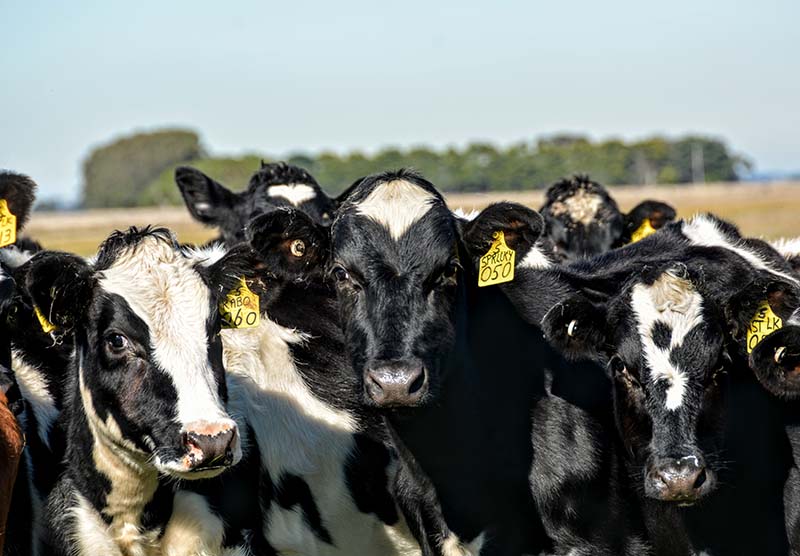 Foot-and-mouth disease (FMD) is considered one of Australia’s greatest biosecurity risks.
Foot-and-mouth disease (FMD) is considered one of Australia’s greatest biosecurity risks.
This online module is designed to give an overview of the risk and impact foot-and-mouth disease can have on the farming industry and what is being done to reduce that risk.
This course will take approximately 15 minutes.
View Foot-and-mouth Disease Awareness online courseLumpy Skin Disease Awareness
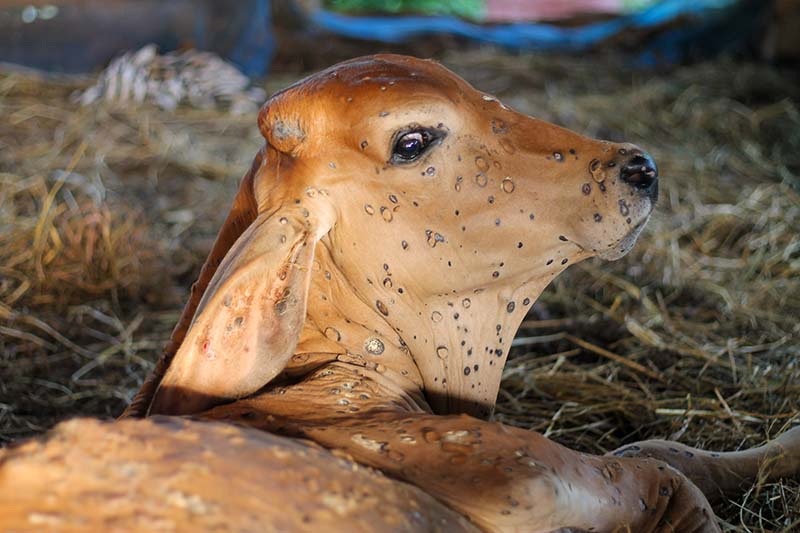 Lumpy skin disease is a viral disease of cattle, buffalo and wild ruminants that can result in animal welfare issues and significant production losses.
Lumpy skin disease is a viral disease of cattle, buffalo and wild ruminants that can result in animal welfare issues and significant production losses.
This online module is designed to give an overview of the risk and impact that lumpy skin disease can have on the farming industry, and what is being done to reduce that risk.
This course will take approximately 15 minutes.
View Lumpy Skin Disease Awareness online courseCome Clean, Stay Clean, Go Clean - when visiting farms
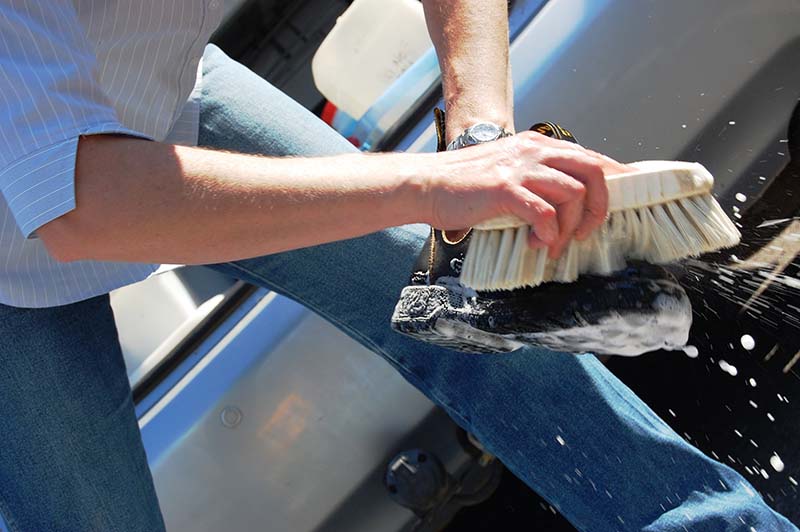 This course will provide you with information to know what to do to visit farms in a safe manner. You can help protect Australia's farms.
This course will provide you with information to know what to do to visit farms in a safe manner. You can help protect Australia's farms.
All people, vehicles and equipment visiting farms can spread pests, diseases and weeds.
Good biosecurity is about awareness and action. Know what you have to do to visit farms in a safe manner and how to keep everything clean while you are there.
Know how to identify signs of pests, diseases, or weeds and know how to report anything unusual you may see on your visit.
This course will take approximately 15 minutes.
View Come Clean, Stay Clean, Go Clean - when visiting farms online courseMinimum biosecurity considerations when entering and exiting properties
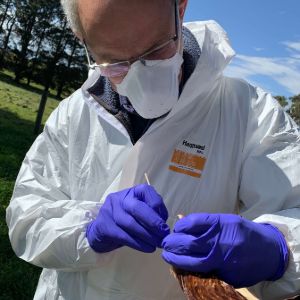 In order to prevent the spread of pests or diseases, staff need to carefully consider the procedure required to enter and exit public and private land.
In order to prevent the spread of pests or diseases, staff need to carefully consider the procedure required to enter and exit public and private land.
The Minimum biosecurity video describes the equipment and procedure required to enter and exit a property.
The Minimum Biosecurity Standard Operating Procedure (SOP) to Enter and Exit Property describes the principles staff must follow when conducting field work on public and private land. Topics covered include:
- Pre-visit risk appraisal and planning
- General principles when visiting properties
- Exit procedures where no biosecurity hazards are observed
- Exit procedure where a potential biosecurity risk is observed
- Record-keeping
- Resources and equipment
In order to complete this course you are required to view both the Standard Operating Procedure (SOP) and video. The procedure and video in this course describe the minimum precautions to be undertaken when entering or exiting private or public land.
Electronic identification (EID) 101
EID101 is an introduction to the world of electronic identification (EID). It covers the technology used and potential applications within the livestock industry. Discover how you can use EID in your sheep enterprise with EID101.
There are four modules to complete:
- Define Your Data (DYD). The importance of planning to get the information you need.
- Understanding EID technologies. What is available and what do you need to get started.
- Quality data. Collecting accurate data and effectively managing it.
- Decisions with data. Precision management using individual animal data.
This course has been produced by Agriculture Victoria with co-funding from MLA Donor Company.
Emergency preparedness quiz
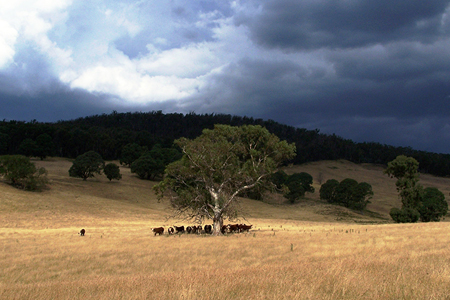 Emergency Preparedness Quiz- a 10 minute quiz to help livestock producers review their farm emergency preparedness and prioritise a list of follow up actions.
Emergency Preparedness Quiz- a 10 minute quiz to help livestock producers review their farm emergency preparedness and prioritise a list of follow up actions.
Emergencies covered include;
- Fire
- Flood
- Storm/Power outages
- Animal disease outbreak
- Plant or pest outbreak
- Coronavirus (COVID-19)